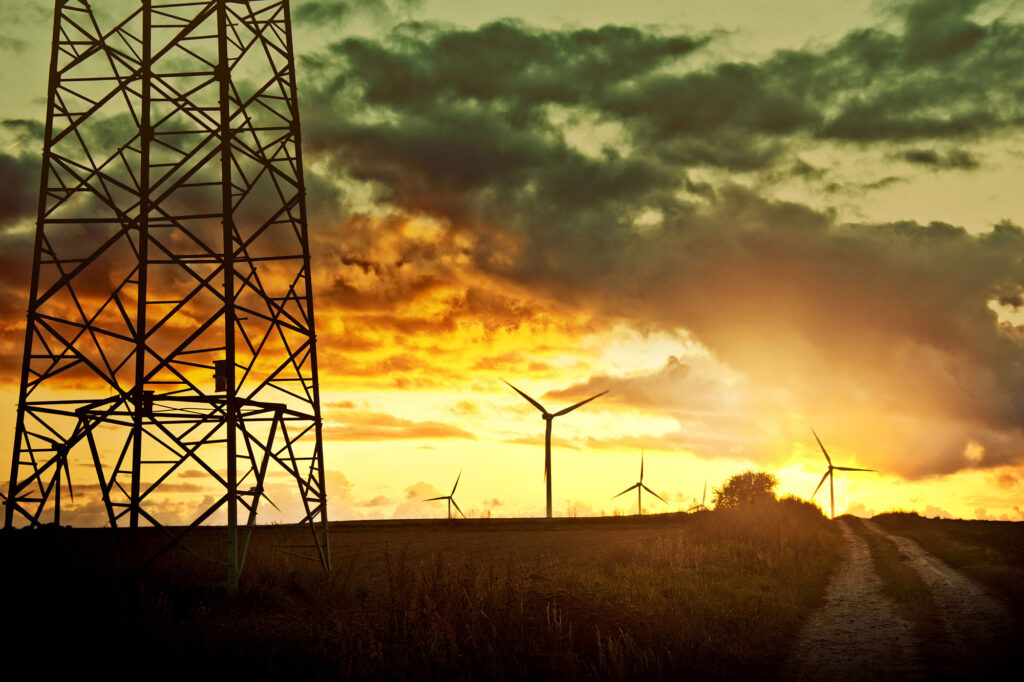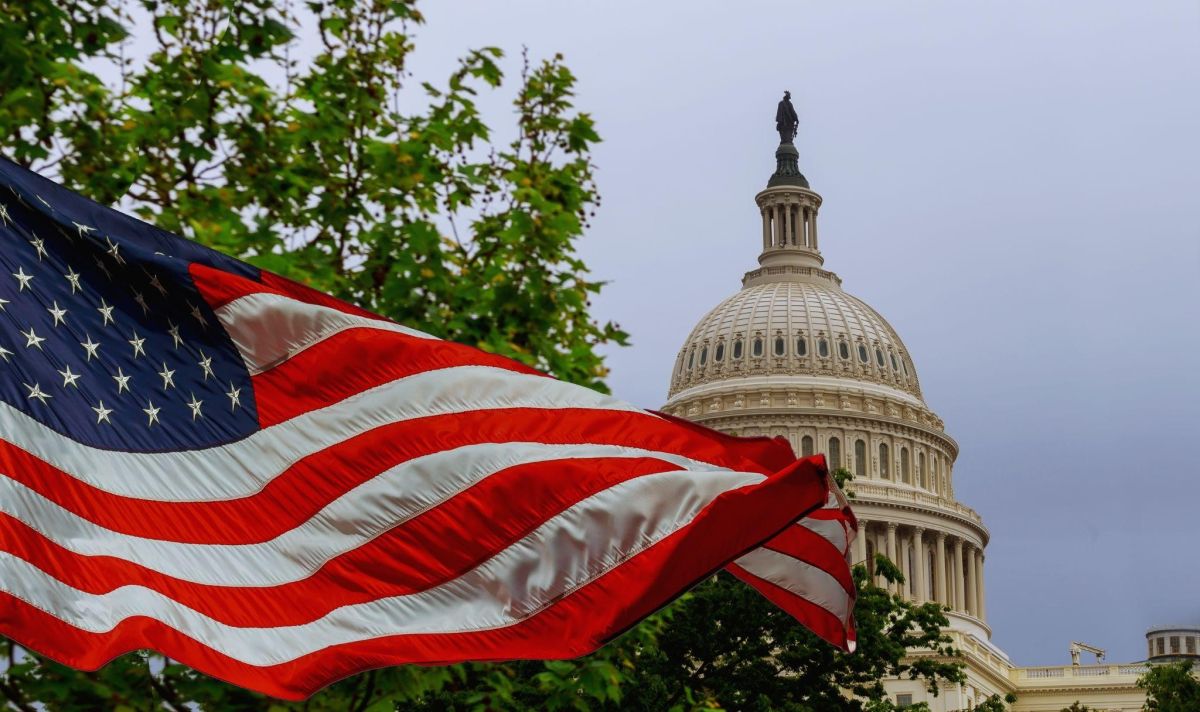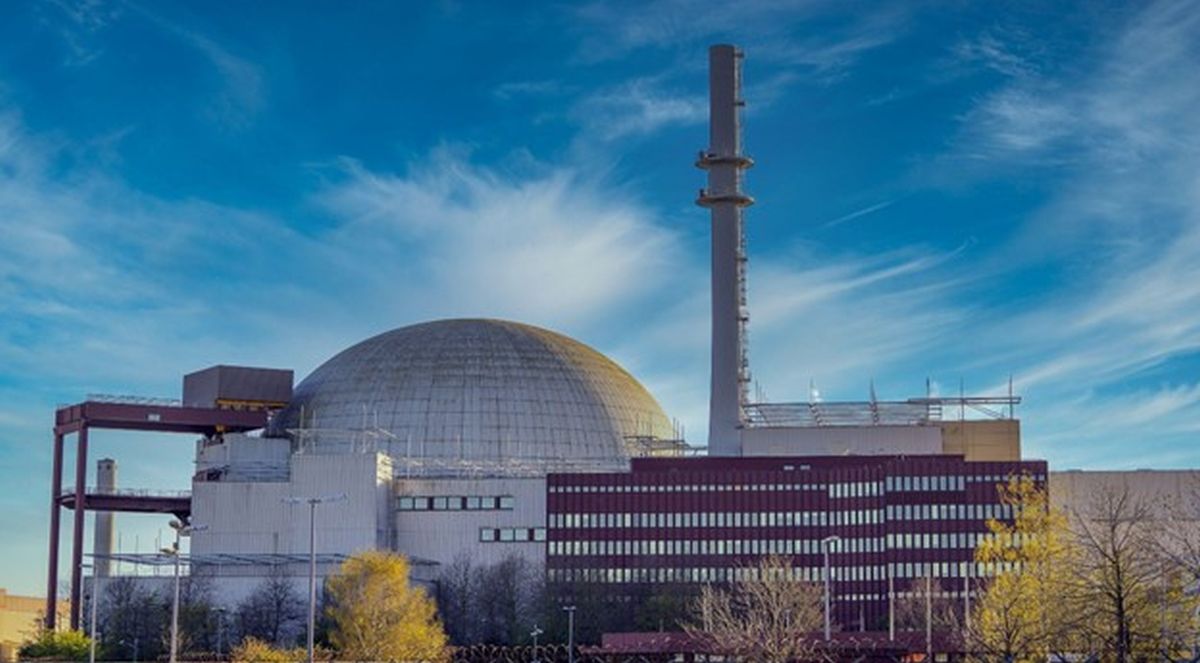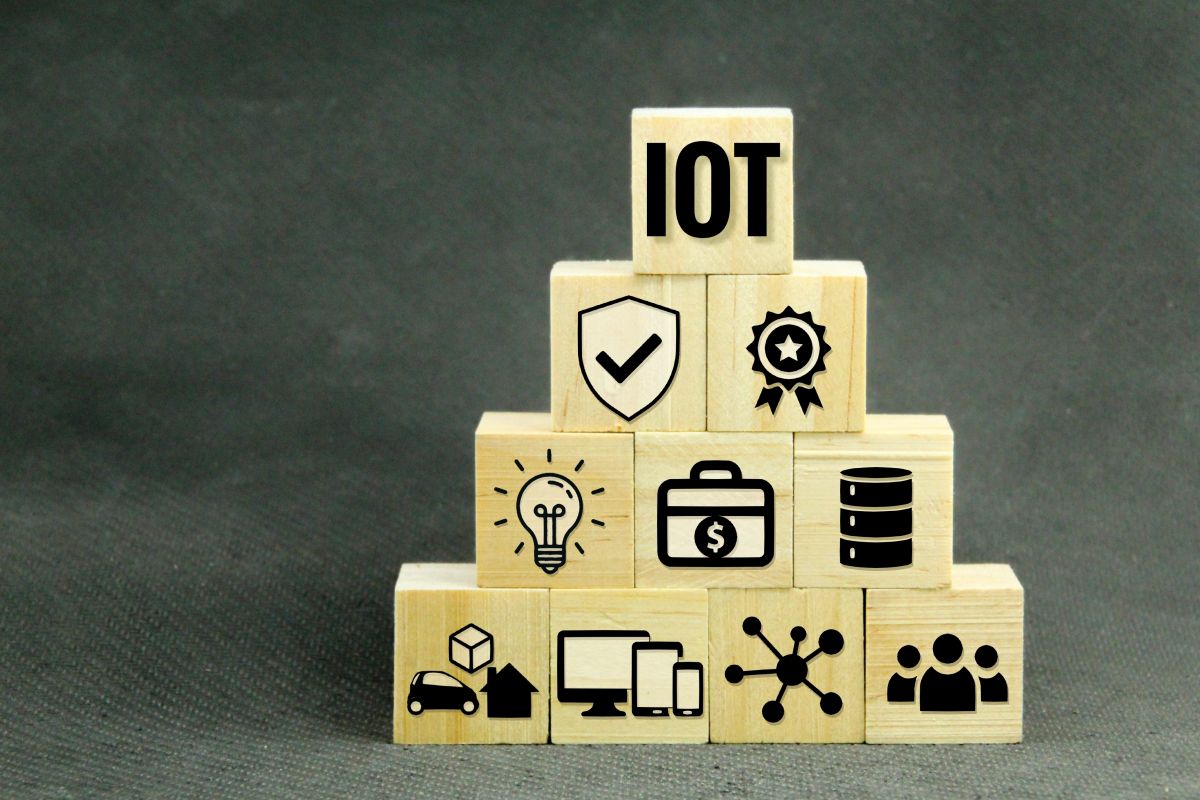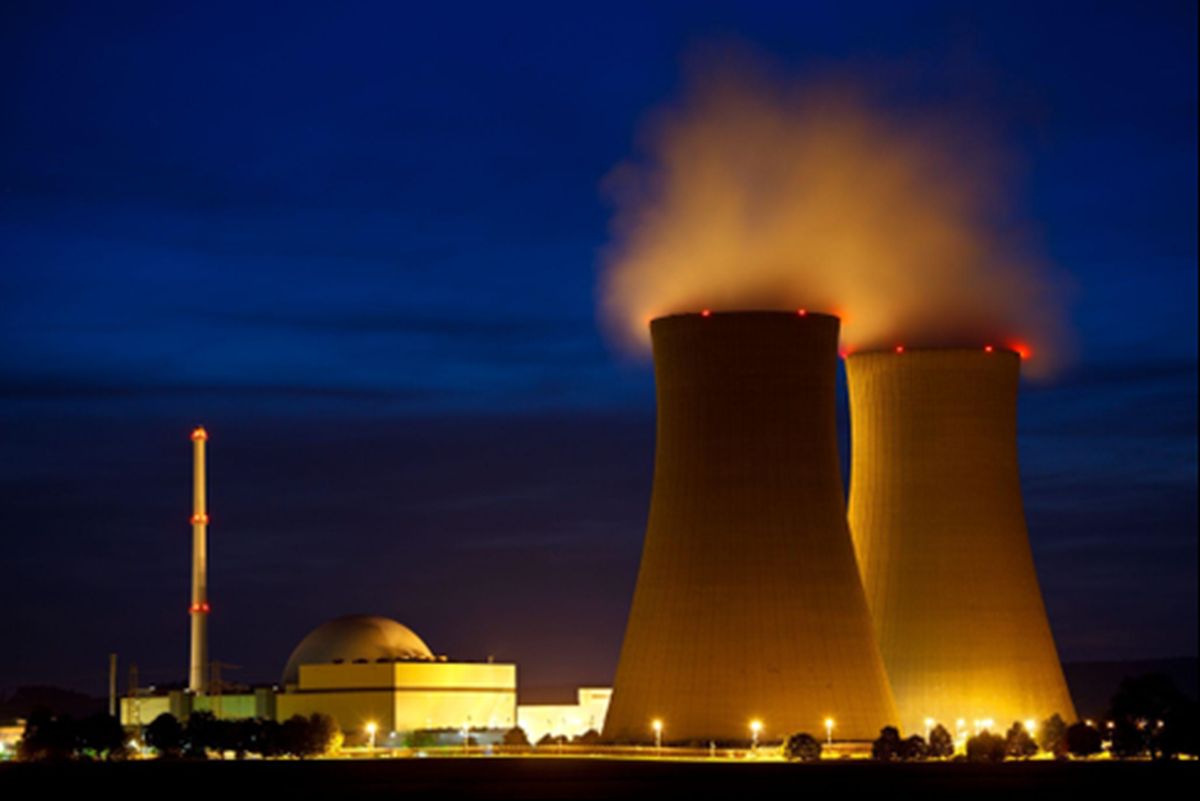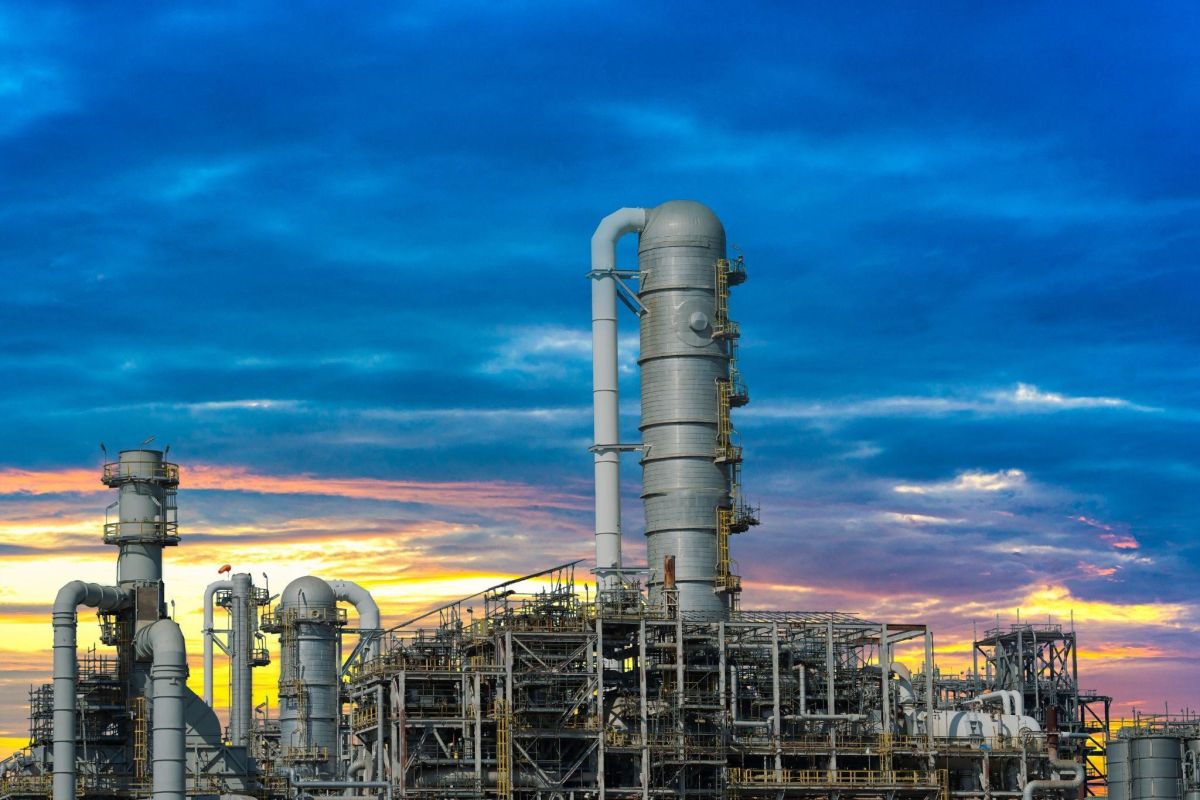The power sector is actively enhancing the efficiency and resilience of electric grids, guided by regulatory bodies. The progression includes adopting strategies and regulatory measures to minimize energy losses, secure a reliable power supply, and encourage enhanced power sector performance. The focus extends to upgrading infrastructure across the power sector and deploying smart energy management systems relevant to energy trends. Such efforts represent a significant step towards a more sustainable, efficient, and secure energy network. These steps aid in aligning with broader national objectives and meeting the growing need for cleaner, more reliable power solutions. This blog briefly covers future trends, incentives, and Federal Energy Regulatory Commission (FERC’s) regulatory updates in 2024.
Related blog: What’s the Global Energy Outlook for 2024?
Energy Security and Grid Resilience
In 2024, the focus of US energy trends and policies will be on enhancing grid resilience and security. It is supported by the Department of Energy’s allocation of $42 million towards developing advanced semiconductor technologies. This initiative is part of the ULTRAFAST program which aims to modernize the grid through improved control of power flow and infrastructure protection, facilitating a swift recovery from outages and reducing the impacts of natural disasters. Such a strategic investment aligns with the broader goal of achieving a net-zero economy by 2050, showcasing a commitment to integrating clean energy resources while enhancing national energy security and grid resilience.
Related blog: The Evolution of NERC Compliance: What’s New in 2024?
Energy Storage and Technological Innovation
The energy storage sector is rapidly evolving, with innovations like rechargeable lithium ion batteries to meet the demands of a renewable-heavy grid. Technologies like iron-air and zinc batteries offer mid to long-duration storage solutions, which are crucial for maintaining grid reliability. Additionally, hydrogen-based storage presents a potential for seasonal energy trends, addressing long-term needs. Innovations like gravity energy storage leverage mechanical processes for energy dispatch, offering scalable, eco friendly, and environmentally friendly solutions. These technologies are vital for achieving decarbonization goals, with investments and regulatory support driving their development and commercialization.
Renewable Energy Expansion and Incentives
Renewable energy expansion in the US will accelerate in 2024, fueled by significant investments, technological advancements, and a growing demand for clean energy. The Inflation Reduction Act grants enhanced tax incentives for renewable energy projects that meet specific criteria. The Residential Clean Energy Credit also provides a 30% tax credit for solar installations along with state-level rebates and incentives. These measures collectively reduce financial barriers, making renewable energy more accessible and supporting a sustainable energy transition.
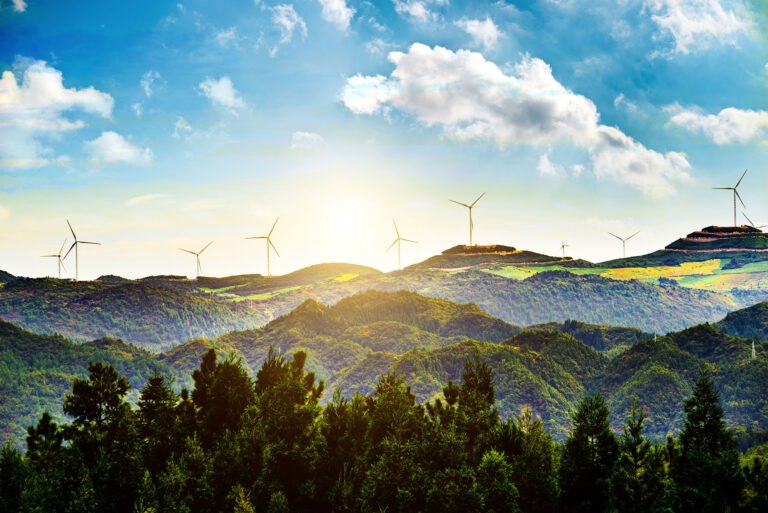
Federal Energy Regulatory Predictions for 2024
FERC is expected to significantly impact transmission infrastructure, aligning with clean energy initiatives. Key predictions include issuing a transmission siting order to streamline the development process and proposing a new Return on Equity (ROE) methodology and incentives to encourage investment. These predictions mainly address regional transmission planning and cost allocation to enhance grid efficiency. Additionally, FERC’s actions on the generator interconnection process will reduce wait times and facilitate the integration of clean energy resources, crucial for meeting energy transition targets.
Conclusion
2024 is a crucial year for the US power sector, marked by significant advancements in grid efficiency, energy storage, and renewable energy expansion. Alongside substantial investments and incentives, these developments are crucial for transitioning towards a more sustainable, secure, and efficient energy future, aligning with the nation’s broader goals and energy trends for a cleaner, more resilient power infrastructure.
Disclaimer: Any opinions expressed in this blog do not necessarily reflect the opinions of Certrec. This content is meant for informational purposes only.









